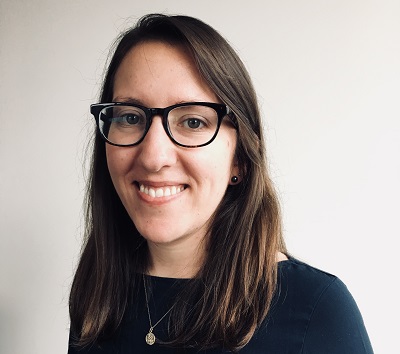Knowledge of which schools are reimagining the learning experience for students, and how, remains deeply fragmented and woefully incomplete. There is no shortage of word-of-mouth on which schools are innovating and where, but individual perspectives are limited and only benefit those who are plugged in enough to know who know to ask. And while many organizations have good intentions to share what they’re learning about innovative school practices, there’s no mechanism to fully open up “walled gardens” of data on innovation. As a result, we lack broad, reliable, year-over-year, shared information about schools that are breaking away from the norm.
The consequences of knowledge silos on school innovation
The inability to paint a more complete portrait of school innovation unfolding nationwide has real costs for funders, researchers, and school support organizations, shackling how promising practices evolve and spread.
Promising but under-the-radar models get ignored. Studies and articles often point to the same bright spots in school innovation, over and over, artificially limiting the diversity of schools held up as exemplars. Turning to these examples over and over risks calcifying perceptions of what is innovative and dismissing promising new ideas that don’t fit into the mental models that are shaped by a limited number of well-known schools.
Entire regions get overlooked. Without a mechanism for surfacing a more diverse set of examples, it’s difficult for school leaders and intermediaries to identify and learn from other schools on innovation journeys in similar contexts—especially if those schools operate in different geographies. This also impacts where philanthropies place their bets. Since funders rely on word-of-mouth and existing grantee networks to discover innovative schools and trends with high potential for investment, they risk overlooking communities and even entire regions where information isn’t widely available.
Broader trends get lost. Fragmented knowledge constrains the ability to learn about trends over time. Disjointed information on what schools are doing makes it difficult to accurately track the evolution of movements like personalized learning from a 30,000-foot view as schools continue to innovate on the ground. Existing datasets often focus on a limited set of approaches or practices across a limited set of schools, often using a variety of different terms to describe similar practices. Furthermore, information silos block the potential for surfacing trends in how schools with varying demographics pursue promising approaches. Without aggregating discrete data points to capture information with a wider lens on what innovative design looks like, it remains difficult to detect trends and patterns about the types of designs taking root, for whom, and where.
Deep knowledge of school innovation resides across an array of local and national organizations invested in rethinking the student experience, and even deeper knowledge resides with the schools and educators pursuing new approaches themselves. How do we start to knit that knowledge together into a more coherent and detailed picture of innovation across our education system?
Building better collective knowledge
Over the last year, the Christensen Institute has worked with a range of partners, including Digital Promise, EdSurge, The Learning Accelerator, and Transcend, to surface a diverse set of schools offering learning experiences designed with students at the center. We’re calling the project the Canopy, as a way to envision both the trees—individual schools as units of change—and the diversity of the whole “forest” of schools that are innovating.
To address key aspects of the knowledge silo problem, the Canopy project reimagines both where information comes from as well as how it is structured.
First, we tested a crowdsourcing process that began by identifying a diverse group of hundreds of organizations working in school innovation and redesign, representing every state. We invited these organizations to nominate five schools on their radar making strides towards student-centered learning, and then confirmed the accuracy of that nomination data with schools.
Second, we built a set of “tags,” or keywords and phrases representing aspects of school design, that nominators and school leaders applied to each school’s nomination in order to describe key elements of the school’s design. The Canopy tagging system includes many existing tags already in use by other leading organizations, as well as some new tags, across twelve broad domains of innovation. While tags will never provide a high-resolution view of what’s happening, they capture key design elements in each school’s model so that the dataset can be sorted, filtered, and analyzed, making it much more than just a list of schools.
After the nomination and school confirmation steps, we layered on publicly available data on demographics and other contextual factors about each school, and analyzed the resulting dataset to surface patterns in school innovation across different contexts. While the findings are not nationally representative, the data offers a glimpse into important questions worthy of further investigation.
The findings from this year’s project don’t single-handedly solve the data fragmentation problem, but this initial stage of the Canopy is a proof point showing how a process designed to advance collective knowledge—both in terms of where that knowledge comes from, and how it is structured—can help the field as a whole see a more complete picture of who’s doing what.
Ready to dive in? Visit the Canopy project page to download the report of initial findings and the dataset itself.


